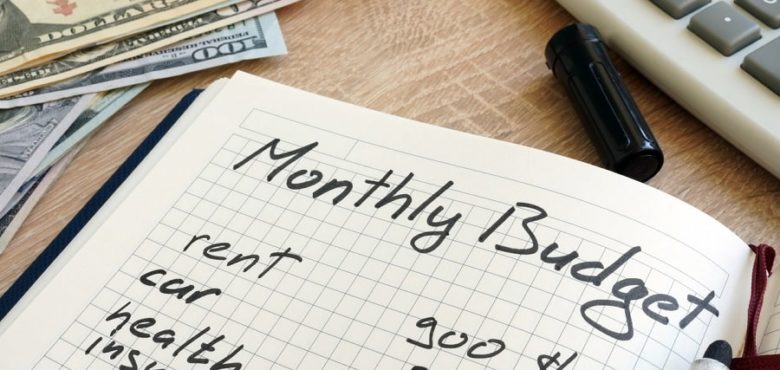Category:

- November 18, 2022
How to Create a Household Budget That You Will Stick To
Money is one of the biggest sources of stress for people all over the world. It can be challenging to get by daily when you don’t have enough of it. And when you do have money but don’t know how to manage it, that stress can only increase. One way to take control of your finances and reduce stress levels is to create a household budget. In this blog post, we will discuss tips on creating a budget that works for you and helps you achieve your financial goals!
Identify Your Goals
The first step in creating a budget is identifying your goals and objectives. For example, do you want to save up for a down payment on a house? Or are you looking to pay off credit card debt? Identifying specific financial goals can help you plan your budget accordingly.
Distinguish Wants from Needs
To create a household budget, you will be able to stick by to distinguish wants from needs. It’s essential to understand your actual financial necessities and prioritize them accordingly. Need-based purchases are necessary for your well-being, such as groceries, rent or mortgage payments, healthcare costs, and health and final expense insurance premiums. On the other hand, you could live without want-based purchases, such as the latest electronic gadgets or a night out at a fancy restaurant.
Track Your Spending
The next step is to track your spending. It’s important to get an accurate picture of where your money is going to identify areas that might need adjusting to stick to your budget. You can track your spending manually by writing down each expense or use an app or website like Mint, which does all the hard work for you. Make sure to include not just major purchases but also small everyday ones like coffee, snacks, and entertainment.
Establish a Budget System
When it comes to successful budgeting, consistency is key. Establishing a budget system can help you stay organized and on track with your financial goals. Consider setting up an automatic transfer system to ensure that your bills are paid on time each month. Also, create a spreadsheet to track your income and expenses. This will help you see where your money goes and make any necessary changes to get yourself back on track.
Set Financial Limits
The next step in creating a household budget you’ll be able to stick to is setting financial limits for yourself. To do this, divide the spending categories into two groups: essential expenses (rent or mortgage payments, groceries, healthcare costs, etc.) and discretionary expenses (going out, shopping, travel). Once you have established these two groups of spending, set realistic financial limits for each. This will help ensure that you stay on track with your budget and spend wisely in one area.
Review Your Budget Regularly
Finally, once you have created a household budget, it’s essential to review it regularly. Take the time to reassess your goals and adjust your budget as needed. Additionally, check in with yourself every few months to see if there are any areas in which you could be saving more money or any other strategies you could use to improve your overall financial health.
Remember that creating and sticking to a budget takes time and patience. However, you will see real results if you stay consistent and motivated. Additionally, if you struggle to maintain your budget or need extra support, plenty of resources available online can help you along your journey. With the right guidance and knowledge, anyone can create a successful budget plan for their family.

